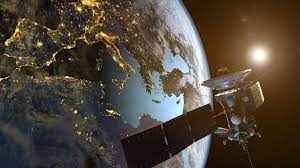The Surprising Science of Why We're So Bad at Predicting the Future.
Introduction:
Have you ever made a prediction that turned out to be completely wrong? Maybe you thought your team would win the big game, or that your stock would go up in value. Whatever the prediction, chances are it didn't turn out the way you expected.
But why are we so bad at predicting the future? After all, we have access to more information than ever before. We can track trends, analyze data, and even consult with experts. But even with all of this information, we still seem to be consistently wrong.
Body:
There are a few reasons why we're so bad at predicting the future. First, our brains are wired to focus on the present moment. We're constantly bombarded with new information, and it's hard to keep track of everything that's going on. As a result, we tend to focus on the immediate events that are happening right now, and we forget about the long-term trends that could have a bigger impact on our lives.
Second, we're often biased in our predictions. We tend to see what we want to see, and we ignore information that doesn't fit our preconceived notions. For example, if we're rooting for a particular team to win the big game, we're more likely to focus on the positive news about that team and ignore the negative news.
Finally, the future is simply unpredictable. There are so many factors that can influence the future, and it's impossible to know for sure what's going to happen. Even the best experts can be wrong.
Conclusion:
So, what can we do to improve our ability to predict the future? First, we need to be aware of our own biases. We need to be open to new information, even if it doesn't fit our preconceived notions. Second, we need to focus on the long-term trends, not just the immediate events. And finally, we need to remember that the future is unpredictable. We can't know for sure what's going to happen, but we can make better predictions by being aware of the factors that could influence the future.
Call to action:
What are your thoughts on the science of predicting the future? Do you think there's anything we can do to improve our ability to predict the future? Share your thoughts in the comments below.












